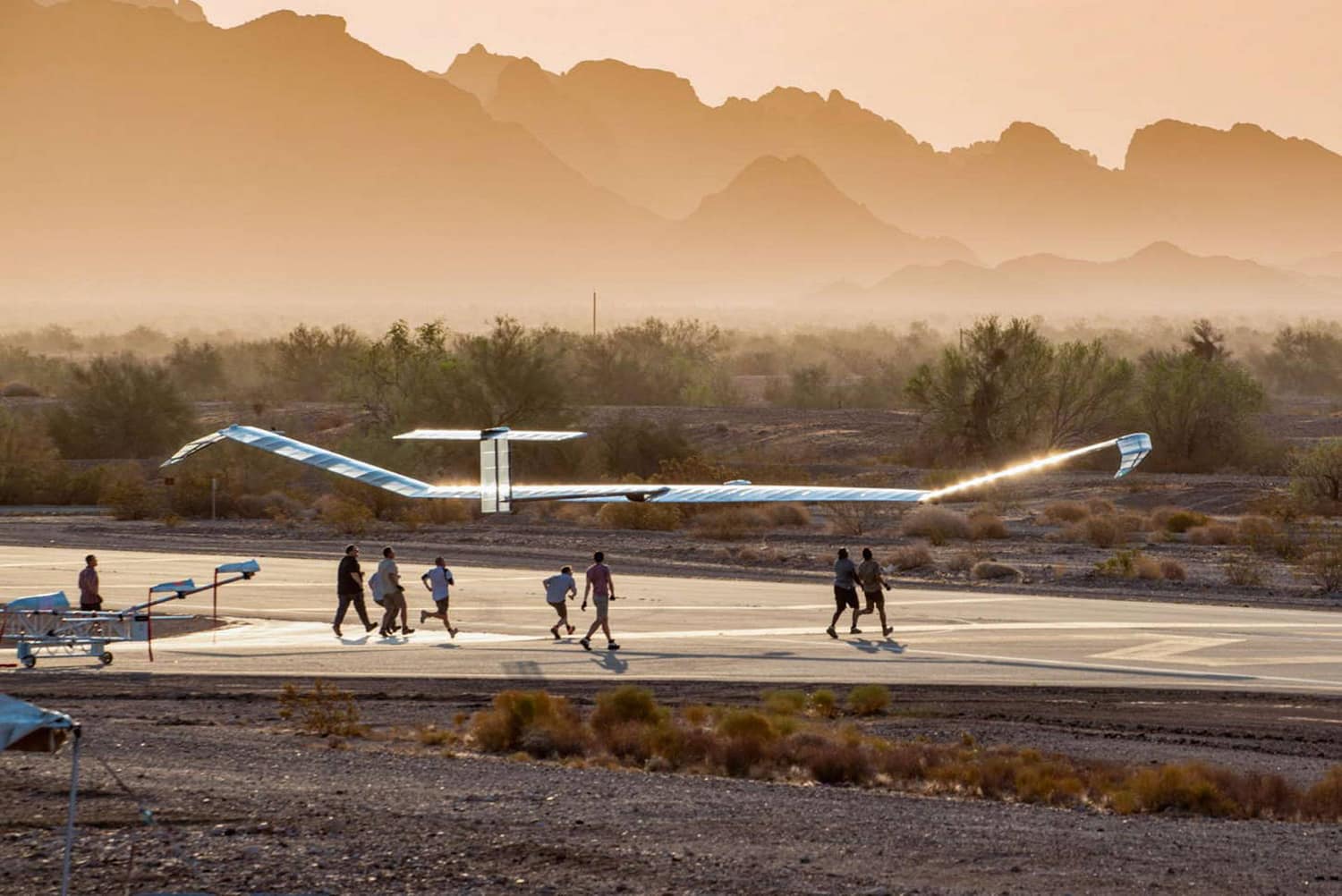
The Assured Positioning, Navigation, and Timing/Space (APNT/Space) Cross-Functional Team (CFT) is conducting stratospheric experimentation that utilizes the Zephyr ultra-long endurance stratospheric unmanned air system (UAS).
The Army announced that its long-range endurance, stratospheric, unmanned air system has flown for a record number of days – 37 so far – and is still flying over Yuma Proving Ground. The previous record for the flight duration of an unmanned aerial vehicle was set in 2018 – its flight lasted 26 days.
Launched on June 15, the first flight of 2022 has demonstrated Zephyr’s energy storage capacity, battery longevity, solar panel efficiency, and station-keeping abilities that will further the Army’s goal to implement ultra-long endurance stratospheric UAS capabilities.
During this flight, the Airbus-made Zephyr achieved a number of firsts, including its first flight into international airspace, first flight over water, longest continuous flight utilizing satellite communication controls, and the farthest demonstration from its launch point while carrying a commercial, off-the-shelf payload.
The Airbus Zephyr is the first stratospheric UAV of its kind. The Zephyr has a wingspan of 25 meters and weighs less than 75 kg, making it remarkably light for its size. The 24 kg advanced Amprius lithium-ion battery packs provide energy as required, but the Zephyr’s wings are also covered in gallium-arsenide solar cells. In addition, the aircraft is designed to fly well above the clouds and other conventional aircraft, with a sweet spot around 70,000 ft. Last year, it set a new altitude record for a UAS in its class, soaring to 76,100 feet in the sky over Arizona.
Army has a second Zephyr flight scheduled in the coming weeks over the Pacific Ocean. This flight will demonstrate an Army Futures Command (AFC)-developed prototype payload over multiple combatant commands and continue to inform high altitude requirements.
“Ultra-long endurance unmanned platforms have the potential to provide significant military capabilities and enhanced confidence as part of the Army’s diversified multi-layered architecture,” said Michael Monteleone, Director of the APNT/Space CFT. “We have seen incredible progress in high-altitude platforms in recent years. This experimentation allows us to build on that knowledge by demonstrating multiple payload types, fully exploring the military utility of stratospheric operations, and modernizing areas of deep sensing, long-range targeting, and resilient communications.”
meta: The U.S. Army is conducting stratospheric experimentation that utilizes the Zephyr ultra-long endurance stratospheric UAS, which had been flying for 36 days and counting.
Solar-powered Zephyr stratospheric aircraft set ultra-endurance record
Source: Global Access News

No comments:
Post a Comment